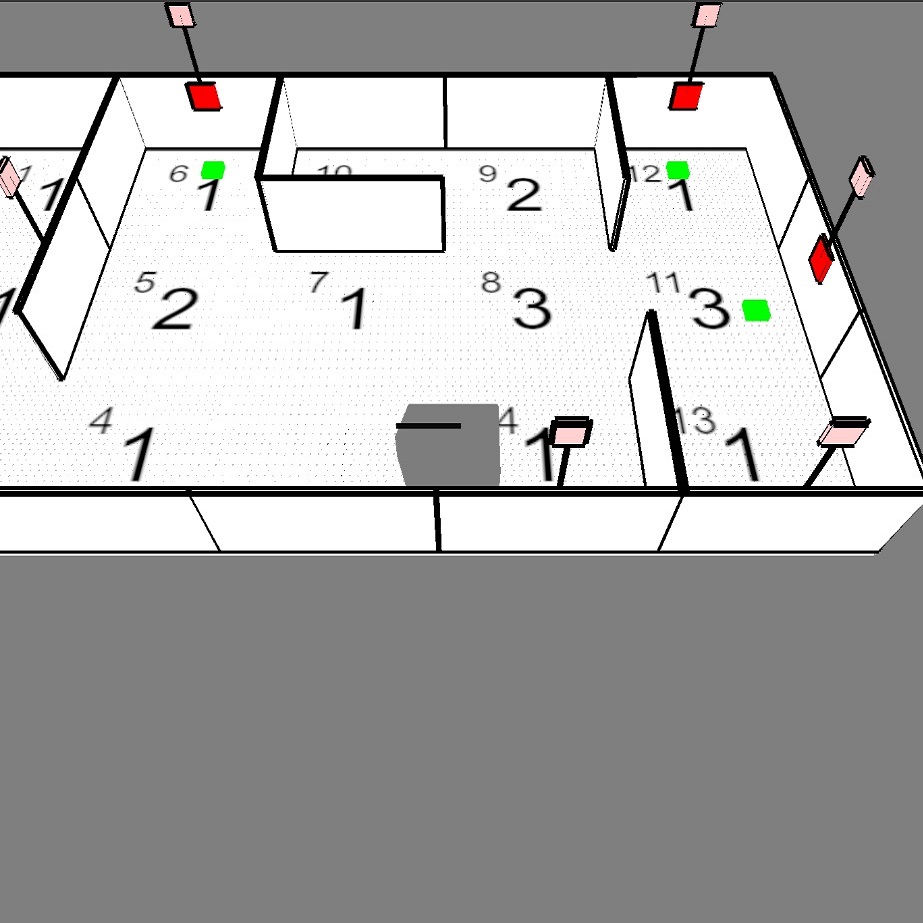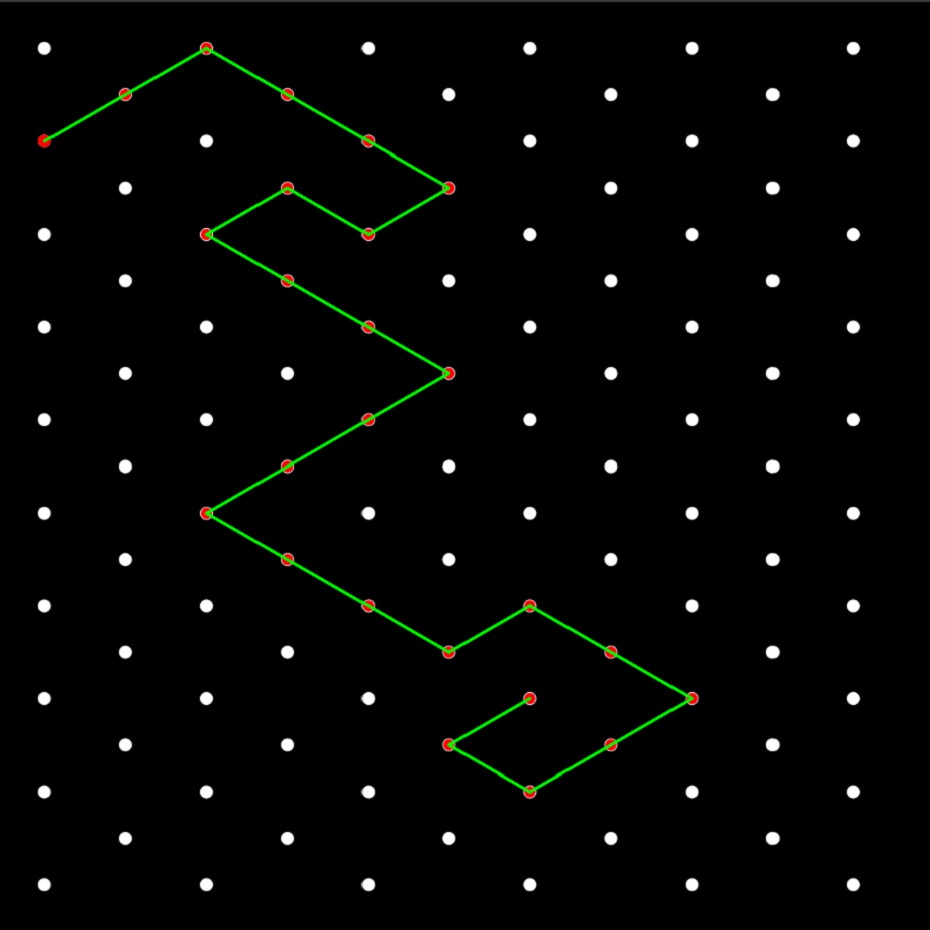Quadruped Robot
By Omar Essilfie-Quaye
Walking Robots
Robotics in general is becoming more and more pervasive in our everyday lives and having robots with the ability to maintain pace with us effortlessly requires alternate means of locomotion. In general most of the world does not have flat or paved land which wheeled robots can traverse easily. The loss of speed and precision by sacrificing this is more than accounted for by the gain of the ability to navigate obstacles and rough or dynamic terrain provided by legged robots.
Robots that can travel using means alternative to the classical wheeled or tracked robot paradigm provide advantages in terms of mobility and terrain navigation. The general articulated limb approach of building these robots allows for locomotion that is much more versatile than wheeled robots but this comes at the cost of much greater complexity and increased power consumption. This complexity increase is not confined to the mechanical world but extends into the software and sensor hardware territory as well. One of the main issues underpinning these complexities is maintaining balance.
The requirement of a walking robot to maintain balance immediately gives rise to a mechanical arrangement for the legs which has high speed and torque with a low inertia. This means that as the robot falls the legs can react quickly and have enough control authority to correct for any wobbles. This high speed motion needs to be measured by sensors with high acquisition rates and this in turn means that software needs to be able to keep up with all of this data. One of the easiest ways to attempt to negate this is develop a robot with many legs which provide static stability if more than three are on the ground at any given time.
A classic example of a multi legged robot is a hexapod robot. There are two sets of three legs so when moving one set can be on the ground whilst the second is in the air, this maintains optimal stability at all times. Moving to the alternate extreme where there is almost never any stability is bipedal robots based on humans. These have two legs and even when both of them are on the ground the robot will be unstable, unless it has extremely wide feet. It is very hard for a bipedal robot to balance when walking and it requires very agile robots with fast computers to achieve it.

Cassie Bipedal robot created by Agility Robotics





















